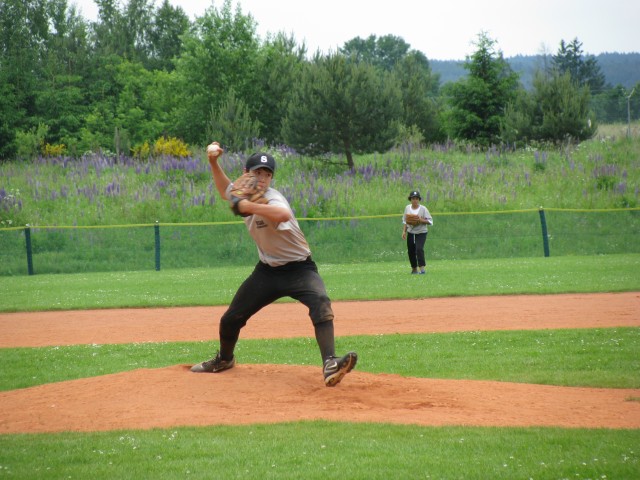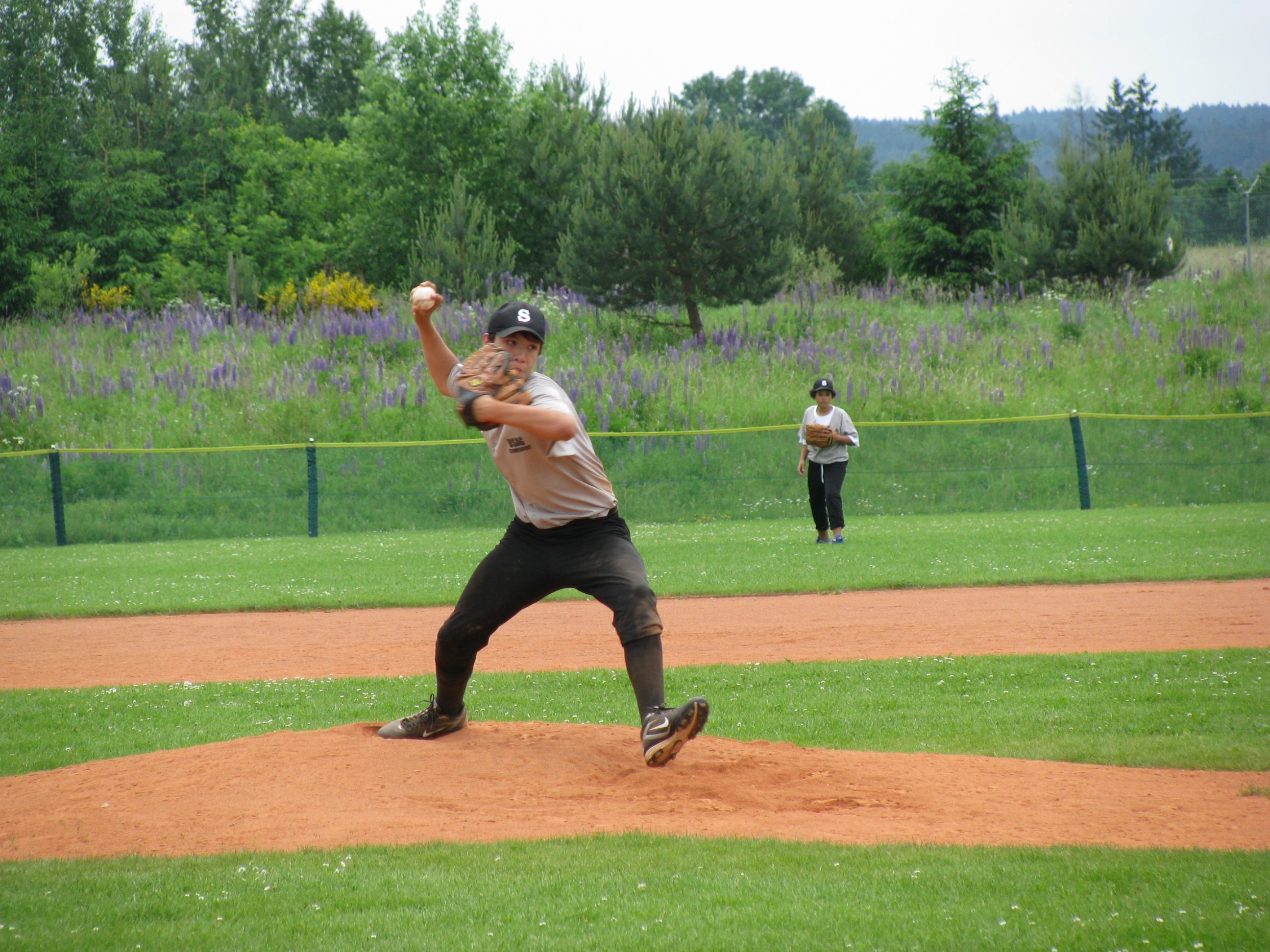FORT HOOD, Texas - As the official school year winds down most children daydream about an upcoming summer of endless fun in the sun, while parents wonder how many trips they'll make to the emergency room before school starts again.
Broken bones, swimming accidents and heat injuries are the most common reasons children visit the Carl R. Darnall Army Medical Center emergency room in the summer months, according to Maj. (Dr.) Derek Linklater, a CRDAMC specialist in pediatric emergency medicine.
"We always see a lot more children in the summer, and usually it's because of an accident-related injury that could have been avoided," he said. "Parents just have to be more aware of what their children are doing and make sure they are safe."
Protective gear would go a long way in preventing most of the summertime injuries that are seen, Linklater said.
"We see a lot of broken bones because of bicycles, scooters, skate boards, basically anything with wheels," he said. "It would be great if they (children) would wear the knee pads, elbow pads and wrist guards, but parents should absolutely make sure their children are wearing helmets."
The American Academy of Pediatrics (AAP) website also encourages the use of protective gear, and it says children should avoid using homemade ramps.
"All skateboarders and scooter-riders should wear a helmet and other protective gear; wrist guards are particularly important," the website states. "Communities should continue to develop skateboard parks, which are more likely to be monitored for safety than ramps and jumps constructed by children at home."
Another huge summer safety concern is swimming pools, Linklater said.
"Drowning is an accident that is just almost completely preventable with a fence and appropriate supervision," he said. "Parents should never leave children unattended. Not even for a moment, not even in a bathtub."
The AAP website agrees that good supervision is the most important drowning prevention measure, but it also says teaching children to swim is important, too, so if they do fall into a body of water they will have a chance of saving themselves.
"Children age four and older should be taught to swim," the website states. "Parents may choose to start swimming lessons before age 4 if their children are developmentally ready, but swim programs should never be seen as 'drown proofing' a child of any age. "
While approved flotation devices, like life vests, are important parents, need to remember these types of swimming aids never take the place of good supervision. Arm floating devices should never be used because they are not safe and won't prevent children from drowning.
Linklater also warns that if a child cuts his or her foot while swimming in a natural body of water they should see a doctor as soon as possible.
"During the summer children are going to be out at the lake more. If they step on a rock or get any kind of penetrating wound while they are in the water it can be potentially more dangerous than if they are on dry land because of bacteria that may be living in the water," he said. "Typically when a child comes in with that kind of injury we'll start them on antibiotics just to be on the safe side."
Heat injuries are also common in the summer, and they, too, are preventable. The AAP website suggests dressing children in light colored and light weight clothing to help protect them from heat injuries.
Good hydration is important, and parents should help children avoid caffeinated or excessively sugary drinks because they can actually cause dehydration.
Play breaks are also very important.
"The work of children is play," Linklater said. "Just like Soldiers, they should follow a work-rest cycle."
Perhaps most important to remember, especially in the extreme heat of Central Texas summers, is that vehicles are not babysitters.
"Never leave infants or children in a vehicle, even with the air conditioning on. They retain more heat and are at a higher risk than adults for heat injuries because they have less ability to alter their environment."


Social Sharing